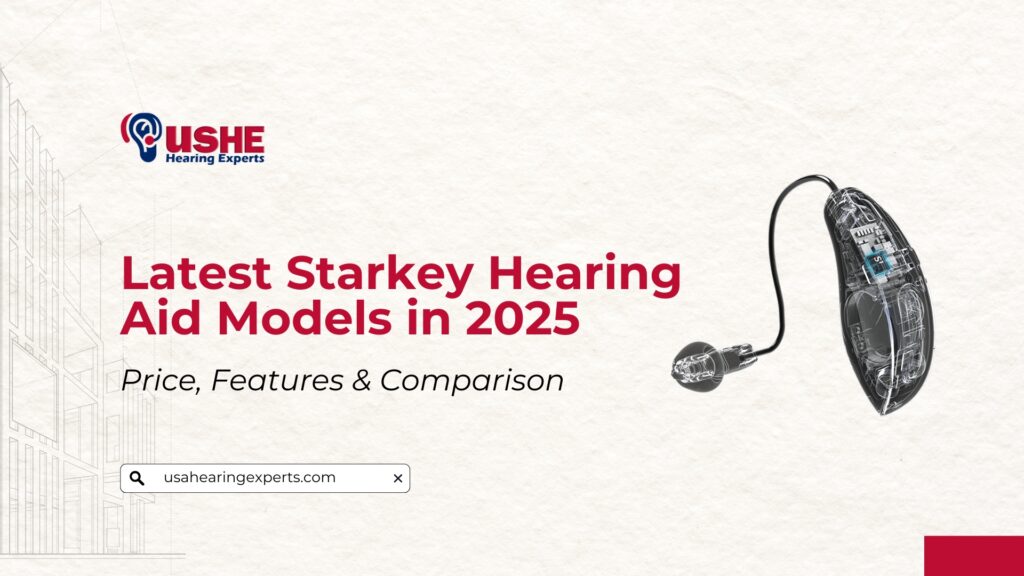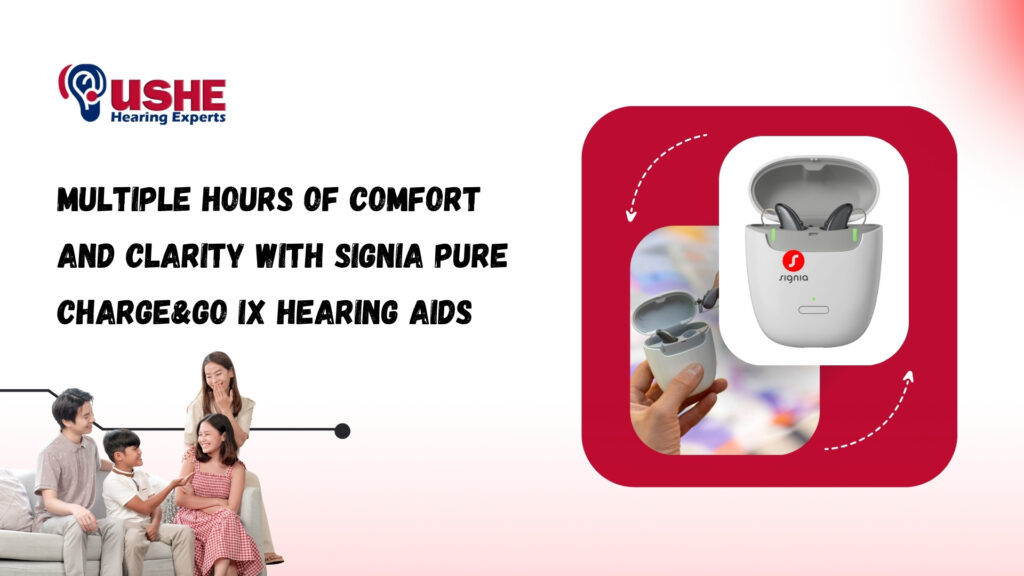10 Typical Hearing Aid Problems and Easy Ways to Fix Them

Hearing aids are essential tools for people with hearing loss, enhancing communication and daily experiences. However, like any electronic device, they can sometimes experience issues. Fortunately, most hearing aid problems are minor and can be resolved with simple troubleshooting. Below are 10 typical hearing aid problems and easy ways to fix them.
1. Hearing Aid Isn’t Producing Sound
Problem: Your hearing aid appears to be dead with no sound output.
Solution:
- Check if the device is turned on.
- Replace or recharge the battery.
- Clean the microphone and receiver openings, as debris can block sound.
- Ensure the hearing aid isn’t set to “mute” or a low volume.
- If none of these solutions work, consult your audiologist for professional servicing.
2. Weak or Distorted Sound
Problem: The sound is faint, unclear, or distorted.
Solution:
- Replace the battery or ensure it’s fully charged.
- Inspect and clean the earmold or dome, as earwax can accumulate and cause blockages.
- Make sure the device fits properly in your ear.
- If the issue persists, the hearing aid may need reprogramming or repair by a professional.
3. Whistling or Feedback Noise
Problem: You hear a high-pitched whistling or feedback sound when wearing your hearing aids.
Solution:
- Ensure the hearing aid is inserted correctly in your ear.
- Check if the earmold or dome is too loose, as gaps can cause feedback.
- Clean the device to remove wax buildup.
- If feedback continues, visit your audiologist to adjust the fit or settings.
4. Hearing Aid Feels Uncomfortable
Problem: The device causes discomfort or soreness in your ear.
Solution:
- Ensure the hearing aid is inserted properly.
- Consult your audiologist to check the fit and make necessary adjustments.
- Use the device gradually to let your ears adjust to wearing it.
- Switch to softer or smaller domes if applicable.
5. Battery Draining Quickly
Problem: The hearing aid battery doesn’t last as long as expected.
Solution:
- Use fresh, high-quality batteries.
- Store batteries at room temperature in a dry environment.
- Turn off the device when not in use to conserve battery life.
- If the problem persists, ask your audiologist to check for possible power-draining issues.
6. Moisture Damage
Problem: The hearing aid stops working due to exposure to sweat or water.
Solution:
- Dry the device using a hearing aid device dehumidifier or drying kit.
- Avoid wearing the hearing aid in wet conditions or during intense physical activities.
- Consider investing in water-resistant or waterproof hearing aids if moisture exposure is frequent.
7. The Hearing Aid Doesn’t Stay in Place
Problem: The device frequently slips out of your ear.
Solution:
- Check if the ear machine is fitted correctly.
- Replace the earmold or dome with a better-fitting option.
- Use retention clips or sports straps for added security during physical activities.
8. Connectivity Issues with Bluetooth
Problem: Your Bluetooth-enabled hearing aid isn’t connecting to your phone or other devices.
Solution:
- Ensure Bluetooth is enabled on both the hearing aid and the device.
- Restart both the hearing aid and the connecting device.
- Update the firmware of your hearing aid and the connecting device.
- Remove and re-pair the hearing aid in the Bluetooth settings.
9. Tinnitus Masking Features Not Working
Problem: The tinnitus masking feature isn’t providing relief.
Solution:
- Ensure the feature is enabled in your hearing aid settings.
- Consult your audiologist to adjust the masking settings to better suit your needs.
- Pair the hearing aid with a tinnitus management app for personalized sound therapy.
10. Hearing Aid Is Making Strange Noises
Problem: Your device produces static, popping, or other unusual sounds.
Solution:
- Replace or recharge the battery.
- Clean the device to remove any debris causing interference.
- Move away from sources of electromagnetic interference, such as microwaves or cell phones.
- If the problem continues, seek professional assistance to inspect the internal components.
Preventive Tips for Hearing Aid Maintenance
- Clean your hearing devices daily with a soft, dry cloth or a dedicated cleaning tool.
- Store them in a protective case when not in use.
- Schedule regular check-ups with your audiologist for professional cleaning and servicing.
- Keep hearing machines away from extreme heat, cold, or humidity.
Conclusion
Hearing aid machines are essential for restoring hearing and improving quality of life, but they require proper care and maintenance. By addressing common issues with simple fixes and following preventive measures, you can ensure your hearing aids function optimally for years.
If you encounter persistent problems, consult your audiologist or hearing aid provider for professional assistance. At USA Hearing Experts, we’re here to support your hearing health with expert advice and high-quality hearing aids.












